Let’s talk about Internet Explorer for a minute. Approaching two decades into a career as a web developer — cripes! how is that even possible? — I have spent a big chunk of my life hating Internet Explorer.
There was a time when I didn’t hate it. For several years, Internet Explorer was the best web browser for the Mac. (Yes, really!) But right around the time Apple released Safari and Microsoft decided to pull the plug on the Mac version of IE, everything started to go sour.
In the early 2000s, when Windows XP was released, and Internet Explorer 6 along with it, Microsoft dominated the tech world. Especially the business tech world. And with the web standards movement in its infancy, Microsoft could pretty much do whatever they wanted with the browser. Internet Explorer 5, 5.5 and 6 each introduced new, Microsoft-only technologies (VBScript, ActiveX, .NET, etc.) that became deeply entrenched in the business world, where countless corporate developers created indispensable internal web applications that were not only dependent on Internet Explorer, but specifically on quirks of version 6 (or 7) of IE. It’s a big reason why there are still office computers running Windows XP and IE 6 or 7. Because even as bad as IE 8 is, it was the beginning of Microsoft’s acknowledgment of the changing times and reluctant move towards web standards.
Long story short, I don’t just hate IE because it’s from Microsoft, or because it’s fun to bash on. Contrary to the impression I sometimes give, I don’t hate Microsoft, and as much as I love to crank, I’d prefer a world where I didn’t have things to crank about. I hate Internet Explorer because it has made my job harder, for most of the time that I’ve been doing this work.
So, it probably goes without saying that I took the announcement of the death of Internet Explorer as good news. Of course, Microsoft has to make its own browser. Uh… just… ‘cuz. Of course. So with IE going away, Microsoft has announced “Edge”, their new browser.
Meet the new browser, same as the old browser
This morning Brand New posted the new logo/icon for Edge. At least, I think it’s a new logo. For a new browser.

Source: Brand New
What is this? No, seriously. What. Is. This.
This logo fails for me on several levels. First, and most obviously, it evokes Internet Explorer. Why would Microsoft want to do that? They’re killing IE for good reason. Why create an immediate association between it and their new browser?
I think this new logo fails both conceptually and in its execution. It’s just plain ugly. But more than that, the slice/swoosh thing doesn’t work. In the old logo, it was part of the “ring” around the “planet” that the perfect circle “e” represented. A bit hackneyed conceptually, but at least it was a consistent concept. But by using the “e” from Microsoft’s new humanist corporate font (I think) — which, taken on its own, is kind of an ugly shape anyway — I think, you lose the “planet” concept. And the rest of the ring outside of the “e” is gone too. So all you have left is this weird “e” with a slice missing, which makes absolutely no sense. The only explanation for the slice is as a deliberate evocation of the old Internet Explorer logo, which again it seems they should want to distance themselves from.
I like the new blue color. That’s about the only good thing it has going for it.
So far I have not tried the preview release of Microsoft Edge. Frankly, as a web developer, I am not enthusiastic about having to support another new browser, and I’m not confident that Microsoft is going to make a very good new browser, even though IE 9 through 11 were pretty decent. All I have to go by, at this point, is this logo. And what it tells me is that Edge is just a crappy knockoff of an already crappy browser. No thanks.
Postscript: I just noticed that exactly 6 years ago today I wrote a blog post that also discusses Internet Explorer. Even then — SIX YEARS AGO — IE 8 was out and I was already cranking about IE 6 as an old and outdated browser.


